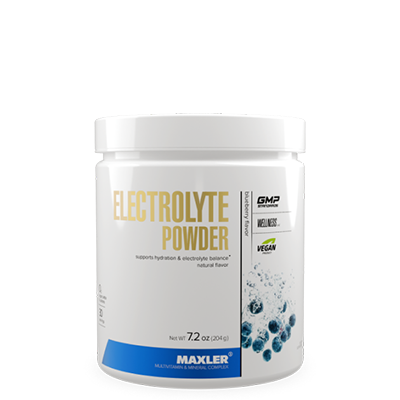Anyone who does resistance training might have heard about rest days. Usually, a training routine looks like 3-6 days of workouts, according to your fitness level, separated by days off. A lot of people prioritise certain muscle groups on a day, allowing them to train during consecutive days.
Rest days might be something you’re used to doing, but why are they important and how should you spend them? We’ll explore this further in this post.
The Science Behind Rest Days
Why is it vital to take rest? To help the body replenish its energy stores. This process can take up to 24 hours as our muscle restores glycogen. The reason why we need this is because as glycogen gets depleted, we are unable to exercise as much as we used to. As a result, we feel more tired during the workout1.
One of the best ways to boost your glycogen is to eat some carbohydrate straight after your workout2. For best results, continue snacking on carb-rich foods every 15-30 minutes. Aim to get around 1-1.2 g of carbohydrate per kilo of body weight every hour3.
The next important thing that recovery allows you to replenish is water. Luckily, we can do it faster, in the span of an hour or two. However, for the next several hours, our body will keep producing plenty of urine, so it’s important to monitor hydration4. A great way to support this process is by drinking sports drinks with electrolytes, such as Maxler Electrolyte Powder. The minerals present in the formula can support quick rehydration.
Finally, we need to build muscles. Training breaks them down, so rest provides an opportunity to heal the tears and build new muscle. Protein synthesis can last up to 48-72 hours5.
To support this process, it’s essential to provide the body with the right nutrients. Around 20 g of whey protein taken 3 hours after training in the first 5 hours of recovery is the optimal strategy. This provides sufficient amino acids for the muscles to rebuild and helps increase muscle mass6. Maxler 100% Golden Whey is a great option for a source of high-quality amino acids.
Another great option, especially for the summer months, is clear protein. Maxler Juicy Isolate provides 20 g of protein without the heavy milky feeling that typical shakes give.
If you’re in a pinch or don’t have the chance to grab a protein shake, consider keeping Maxler 100% Golden BCAA Powder in your gym bag. These amino acids help kickstart muscle building due to the content of leucine. Additionally, they help preserve muscle mass when training fasted and lessen soreness after the workout.
What about long-term effects?
Alongside short-term rebuilding processes, the body requires time to adapt to the new training intensities and loads. This adaptation is a longer process, taking hours or weeks to happen. They require periods of exercise and periods of rest over the course of multiple weeks7. For example, making new blood vessels in new muscle takes a while, but is essential for better aerobic performance8,9.
Alongside that, it’s important to take rests not to overtrain. It results in tiredness, weight gain, decreased performance and sleep loss10.
Signs you need some rest
You should be taking a rest day at least every 7-10 days. You might wonder how to know that your body requires time off from your training. The American Council on Exercise suggests that there are signs to watch out for, which include:
- Muscle pain;
- Being unable to complete a training session;
- Feeling sluggish or tired;
- Getting sick or injured more often;
- Changes to mood;
- Cravings or binging on food.
What to do on rest days
Now that the importance of these days is clear, how should you spend them?
One of the best things that you can do for recovery is getting active11. Although it seems counterintuitive, doing low-intensity exercise promotes recovery. You’ll benefit from increased circulation of blood and lymph, which helps with clearing waste and providing nutrients to the muscles.
Therefore, taking a walk, going swimming or kayaking are all great ways to help the body recover. Alongside that, you can consider doing yoga, which is a great way to relax and work on your flexibility.
If you’re injured or feeling pain, take the day off. That way, you can focus on healing. However, make sure to stick to a healthy diet during that time, as to continue with reaching your goals.
We hope that this has made it clear as to why it’s important to rest between your training days. Adequate recovery will support your goals in the long run, whether that’s getting buffer, toning up, or getting lean.








